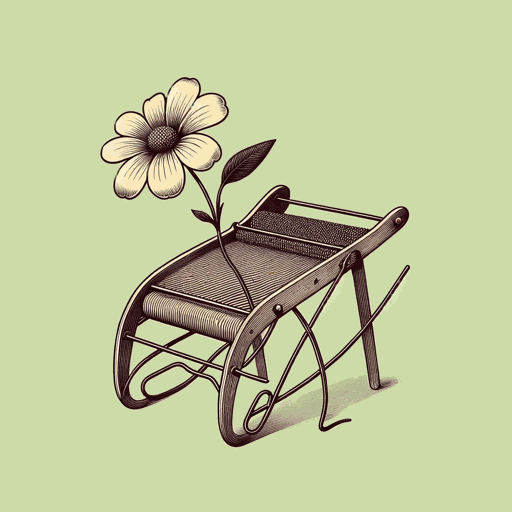46 pages • 1 hour read
Tera W. HunterTo ‘Joy My Freedom: Southern Black Women’s Lives and Labors after the Civil War
Nonfiction | Book | Adult | Published in 1997A modern alternative to SparkNotes and CliffsNotes, SuperSummary offers high-quality Study Guides with detailed chapter summaries and analysis of major themes, characters, and more.
Chapters 4-6Chapter Summaries & Analyses
Chapter 4 Summary: “Washing Amazons and Organized Protests”
According to Hunter, Southern black women’s labor stood on the periphery of the burgeoning economy in the New South, but their work was “essential to its effective functioning” (75). The Atlanta washerwomen’s strike in the summer of 1881, timed to fall during the preparations for the International Cotton Exposition, built on the political and community organizational resources of the 1860s and 1870s. The strike in Atlanta was one of several major strikes during this period in Southern cities like Jackson, Mississippi; Nashville, Tennessee; and Galveston, Texas.
Men, especially railroad workers, participated in strikes to protest wage reductions in the late 1870s. While they were sensitive to the impact on their own households of women’s low wages, women were perfectly capable of speaking up for and organizing themselves. Engaging in strikes and other labor actions required that women bring their work in private homes to public attention, sometimes in rowdy ways that violated gender and class norms. This prepared women for greater political action in 1881.
The International Cotton Exposition in 1881 was “a masterful public relations campaign for the New South movement” (82). Organizers aimed to announce that growing Southern cities like Atlanta could compete with more established cities.

